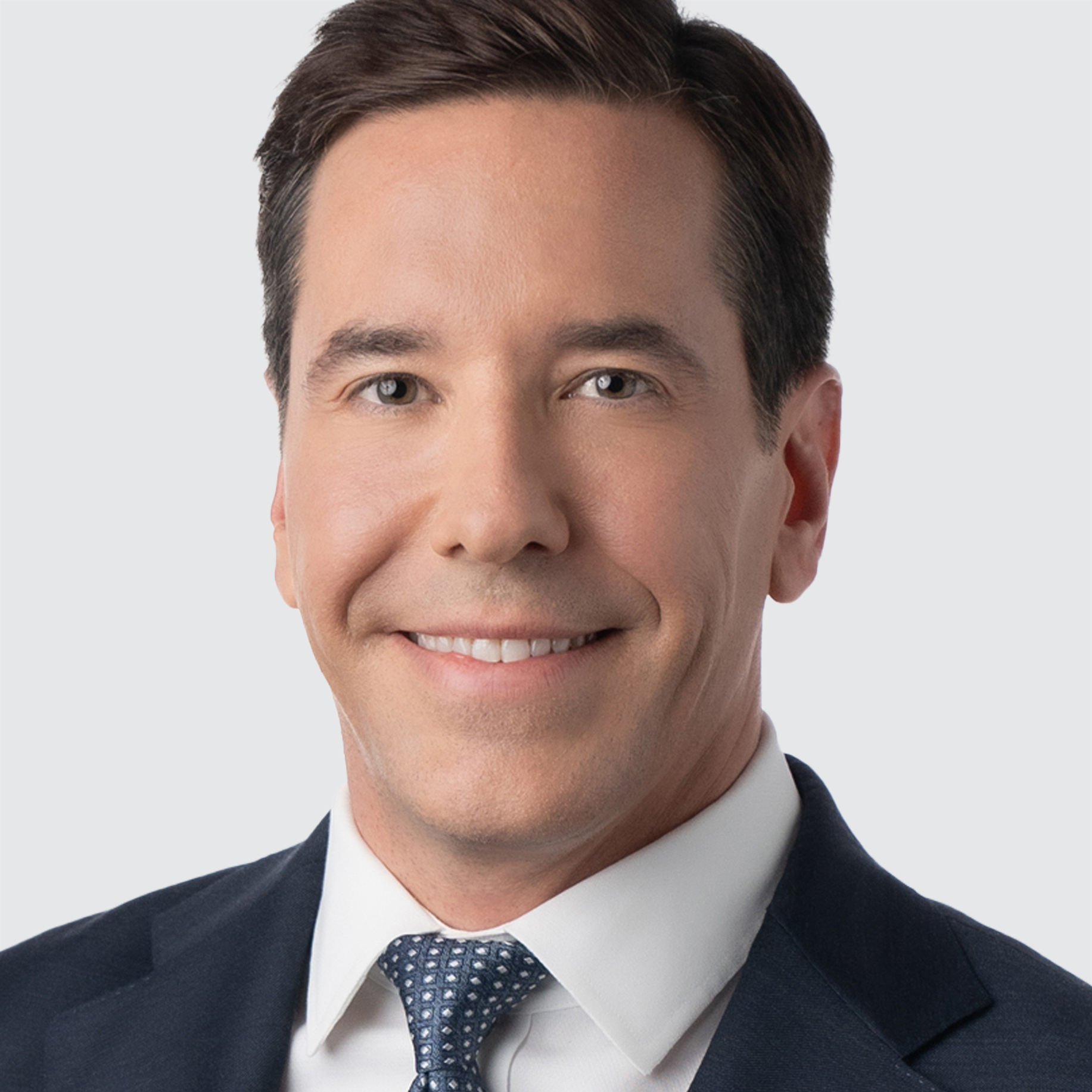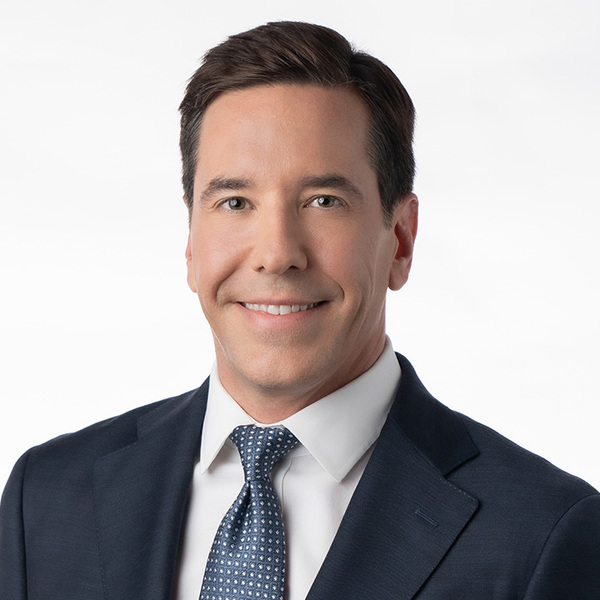Individuals interested in philanthropy often grapple with the question of whether to use a private foundation or donor-advised fund (DAF). In the past, the answer may have turned on the size of the charitable gift. Those making large gifts funded private foundations, while those making smaller gifts funded DAFs. While the initial funding amount remains a consideration – individuals can establish a DAF with $5,000 or less but would not set up a private foundation at that level – it is no longer the deciding factor for donors making large gifts. So how does one decide?
There are advantages to each
Private foundations offer individuals significant control over grantmaking, investment decisions, and operations, including the ability to pay charitable expenses such as salaries. They are also often considered to be the most prestigious charitable vehicle, as they are used by many of the United States’ wealthiest families.1 DAFs, which have gained huge popularity in recent years, offer simplicity in administration, higher income tax deduction limitations, anonymity, and no required payout rates.
But both have downsides, too
Private foundations are required to file a detailed annual tax return, which includes the value of the foundation, grantee names and grant amounts, and key employees and officers. All of this is public information. In addition, a private foundation’s net investment income is subject to an excise tax , while public charities do not pay tax on investment income. Private foundations are also required to distribute at least 5% each year of the average fair market value of their noncharitable use assets in support of their charitable purpose. In addition, the regulatory landscape governing private foundations is complex, creating traps for the unwary.
With DAFs, individuals relinquish control – at least legal control – to the DAF sponsoring organization but retain nonbinding, advisory privileges regarding grant distributions. Grantmaking from a DAF is also typically limited to U.S. public charities (or equivalent international organizations under certain circumstances). In addition, DAFs do not allow individuals to pay expenses, such as salary or travel expenses. Further, certain DAF providers may restrict grantmaking or investment options. For example, a faith-based DAF provider may prohibit grants whose purposes are deemed antithetical to that faith, or a locally based DAF provider might restrict grants to a certain geographic area. Individuals may also have limited investment options. For example, many DAFs offer narrow investment choices from pools of their mutual funds. (However, it should be noted that certain DAF providers do allow donors to select their own investment manager.)
After weighing the advantages and downsides and choosing one, what if a person feels they have made the wrong choice? If individuals start with a private foundation and later decide it’s not the right fit, they can transfer the assets to a DAF. However, the reverse is not possible – assets cannot be moved from a DAF to a private (nonoperating) foundation.
For some, using both may be the best solution
Rather than choosing between a private foundation and a DAF, many donors use both vehicles in complementary ways. There are a number of reasons this may be appropriate, including:
- Managing the minimum payout requirement
- Managing excise tax exposure
- Avoiding mission drift
- Shifting certain administrative responsibilities
Managing the minimum payout requirement: As mentioned, private foundations are required to distribute at least 5% of the value of their noncharitable use assets each year in support of their charitable purposes. There may be years when a private foundation is not prepared to make sufficient distributions to meet this requirement. This could be due to a strategy reset, a large infusion of assets, or an event that pulls the family’s attention away from the foundation for a period of time. A foundation’s distribution to a DAF counts toward its 5% distribution requirement. This allows the foundation to make its required distribution but to withhold a decision regarding the ultimate recipients, offering both compliance and flexibility.
Avoiding mission drift: Private foundation boards often establish mission statements and grantmaking guidelines. These can be helpful for creating a focused grantmaking program. Even when a foundation has a focused grantmaking program, board and family members often have individual philanthropic interests outside of the focus area.
For example, consider a foundation that supports affordable housing initiatives. The board or family members, while committed to affordable housing, may also wish to support their respective alma maters, their places of worship, or other local interests. It usually is permissible for a foundation to make distributions in support of these initiatives. However, to avoid drifting from the stated mission or from publishing off-mission grants on the publicly available tax return, many foundations use a DAF to make grants that are outside of their stated mission. This can help maintain both strategic alignment for the foundation as well as board and family engagement.
Shifting administrative responsibilities: Operating a private foundation comes with significant administrative and compliance responsibilities, from filing tax returns and financial accounting to grantmaking and board support. These tasks can be particularly onerous when grants fall outside of the foundation’s standard process or expertise. DAFs, by contrast, are managed by sponsoring organizations that handle related administrative burdens and can be used in such cases to simplify execution.
For example, international grantmaking typically requires expenditure responsibility or an equivalency determination – procedures that can be time-consuming and challenging for a private foundation. By recommending a grant through a DAF sponsor with experience in international giving, a donor can reduce administrative burden while still supporting the intended overseas organization.
Example: Strategic use of a foundation and DAF over time John and Sallie Jones have significant charitable intent. They plan to join those who have signed the Giving Pledge by leaving the majority of their wealth to charity. They have one daughter, Bonnie, who is finishing graduate school and has a developing interest in philanthropy. John and Sallie intend to be closely engaged with their philanthropy, and they like the control afforded through a private foundation. They also like the idea that, in the future, Bonnie could work for the foundation and receive reasonable compensation. They are comfortable managing the administrative requirements of a foundation with support from their advisors, and they know that if they prefer a simpler structure later, they can move the assets into a DAF. John and Sallie establish the Jones Foundation, a private foundation, and fund it with $100 million. The foundation’s mission is to support environmental causes. They run an open grant cycle, inviting proposals from environmental organizations. The board consists of John, Sallie, and Bonnie. After three years, the Jones Foundation is running smoothly. However, each board member has additional philanthropic interests: John and Sallie want to support their respective alma maters and their place of worship, while Bonnie wants to support the local soup kitchen and an animal welfare organization. Although the foundation could support these organizations, the board wants to maintain its focus on environmental giving. John and Sallie establish the Jones Family Fund, a DAF, and the board funds it with a distribution from the Jones Foundation. The DAF is used to support the philanthropic interests of individual board members that fall outside of the Jones Foundation’s mission. After 20 years, Bonnie becomes the Jones Foundation’s executive director. The board asks her to assess the foundation’s impact and propose updates to its strategy, as appropriate. To give Bonnie time to complete her review, the Jones Foundation makes its 5% distribution by contributing to the Jones Family Fund, satisfying the payout requirement while deferring decisions regarding the ultimate recipients. After reviewing the grantmaking strategy, Bonnie recommends that the foundation begin making strategic international grants in support of land conservation. Rather than develop its own process for expenditure responsibility or conduct an equivalency determination, the foundation partners with a DAF provider experienced in international grantmaking that provides these administrative services. The Jones Foundation continues making domestic grants directly, but it uses the DAF for international grants the require specialized due diligence and compliance. In this example, John and Sallie Jones met their primary philanthropic goals through a private foundation, while using a DAF strategically to address evolving opportunities and challenges – such as accommodating personal giving interests, satisfying payout requirements, and managing the complexity of international grantmaking. |
Conclusion
When choosing a philanthropic vehicle, people likely will consider both a private foundation and a DAF. There are advantages to each, as well as a few limitations. Philanthropically inclined individuals may find it useful to use both in a coordinated way, tailored to their particular circumstances.
The right structure depends on your goals, values, and how you want to engage in your giving over time. A thoughtful plan can help ensure your philanthropic efforts are both effective and enduring. If you are interested in discussing your philanthropy, please reach out to our Philanthropic Advisory team.




